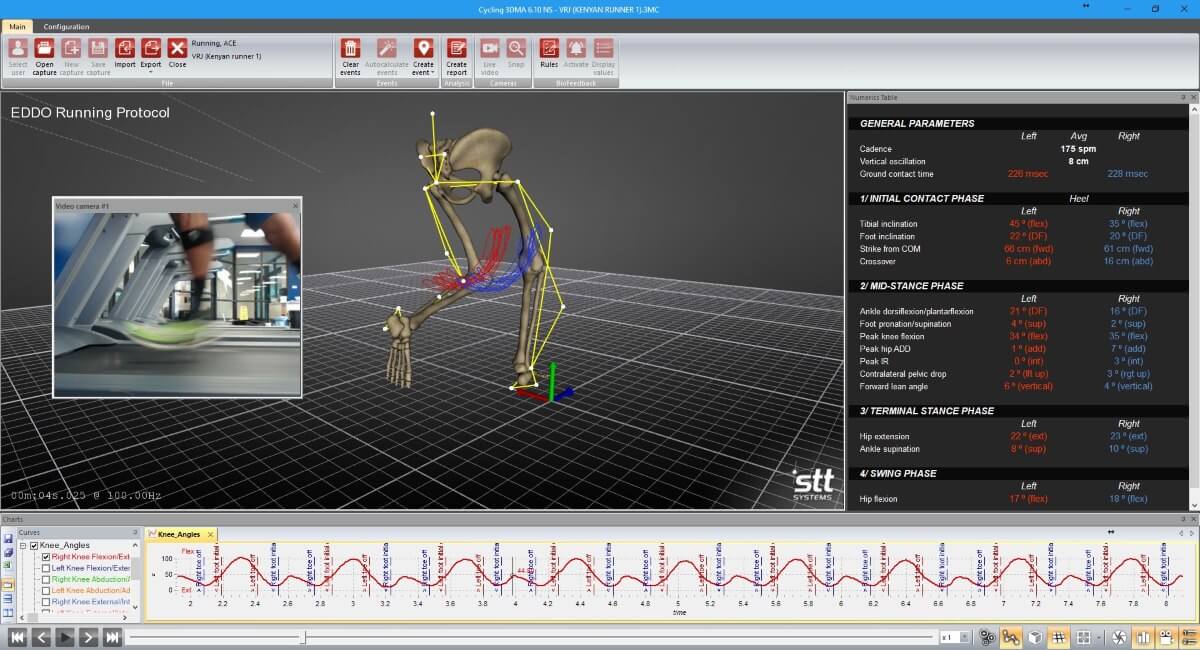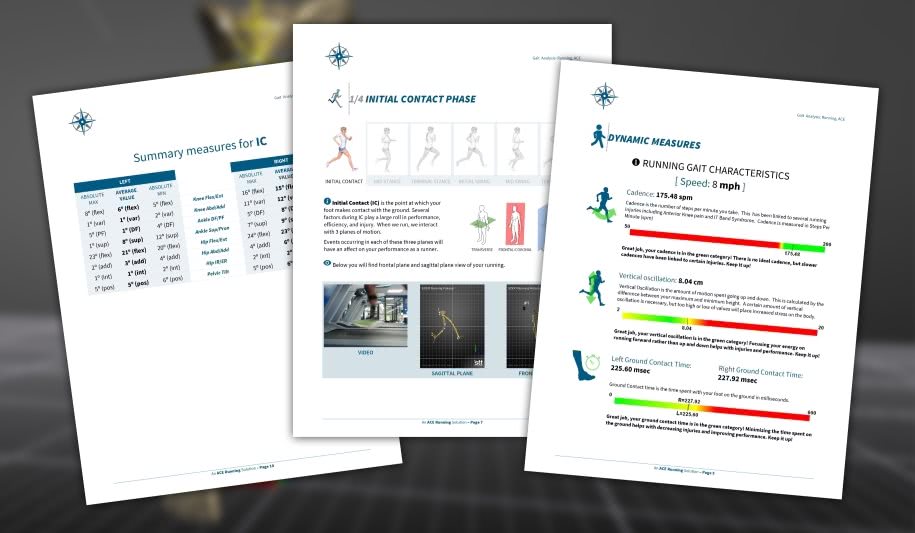How is a running 3D analysis tool used in practice?
It’s no secret that using a 3D system for running analysis will provide a great variety of biomechanical parameters, accurately and in real time. When dealing with runners, these systems help improving their technique, preventing injuries and assessing recovery.
But how is a running 3D analysis system used in practice? The are numerous cases of people’s lives having changed by using the correct assessment and therapy, and today we would like to mention one.
Dr. Doug Adams is a Physical Therapist specialized in exercise science and has also competed in triathlons himself. He is a therapist in the Association of Clinical Excellence (ACE) and works on a daily basis with a gait and running analysis tool called Trace 3D, developed by STT Systems.
Brian is one of Doug’s patients. He is a 41-year-old who started running at the age of 13 and it has become not only part of his life but also his identity. Through the years, he has struggled with different injuries that stopped him in several occasions. His will to run made him come back without being fully recovered, and the performance obviously did not match his potential, as he said: “Whether stubborn or stupid, I was determined to complete the route without walking, although anxiety about causing a significant injury did make me run it slower than I wanted to”.
He eventually visited Dr. Doug Adams, who conducted a Trace 3D analysis. In his words: “I (…) ran on the treadmill for a few minutes, while a sophisticated array of cameras and measuring devices recorded my every move. Doug showed me the fascinating results on his laptop screen, which included a 3D depiction of my skeletal lower-body in motion, alongside a traditional video of my legs running on the treadmill. Next to this, a collection of blue and red numbers reflected various angles and measurements for my initial foot contact, mid-stance, and swing phase”.

After the analysis, Dr. Adams diagnosed him with over-stride and also told Brian about his tendency to lift his right foot off the ground when running rather than letting the foot propel itself. This tendencies have been developed by the badly healed injuries and by trying not to force the injury and to compensate new injuries appear.

Once they knew that, they could work from there with different therapies allowing Brian to improve like never before on his injuries.
As Brian said: “My mindset towards injuries has evolved as well. They still annoy and frustrate me but I’ve come to recognize that if you push your body to be fit, sometimes injuries will probably happen. None of us is a machine and I understand that more than ever now I’ve entered my 40’s. But I also believe that adapting my training to injuries, and doing what it takes to overcome them, is all part of being committed to health and fitness”.